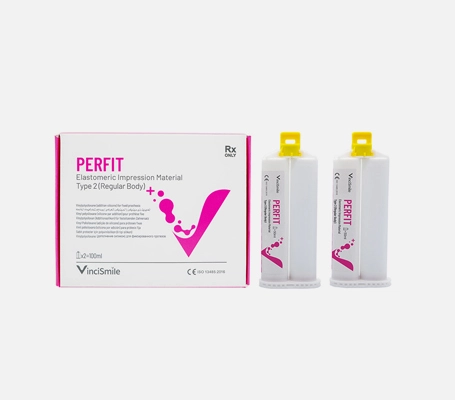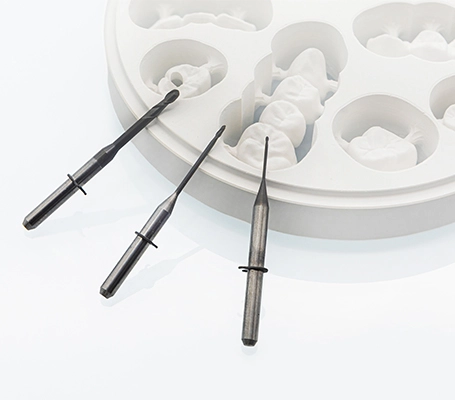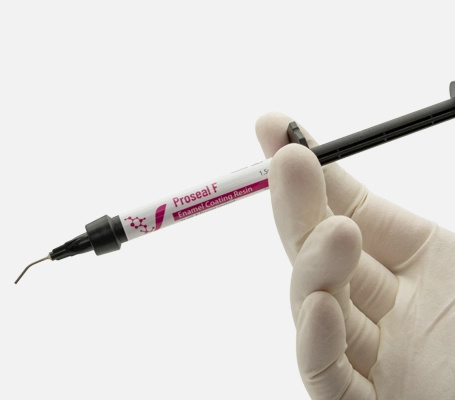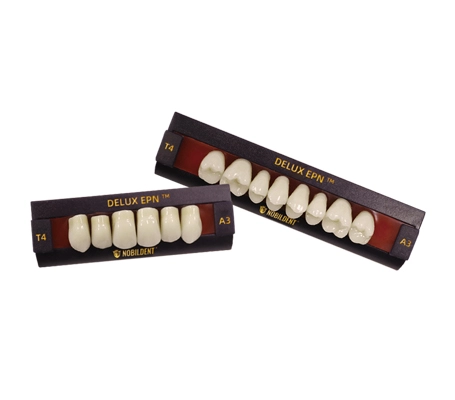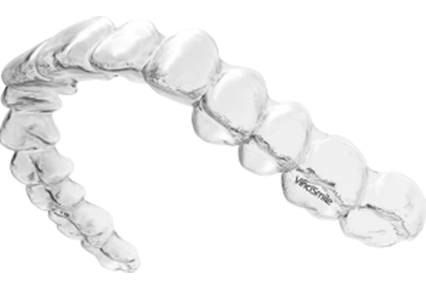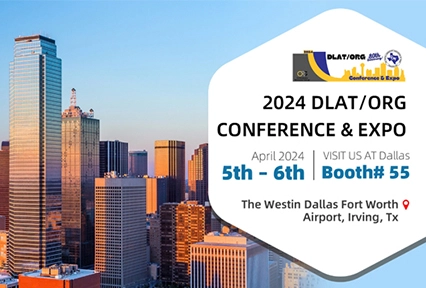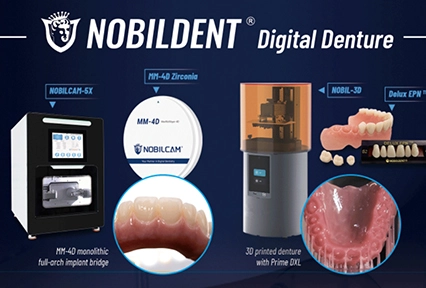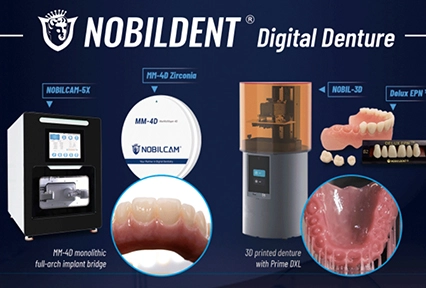If we follow the instructions, there will be no air bubbles in all of our three types of powders; the 3mm wall thickness of the denture base tested in our lab did not show any problems.

- E-Shop
-
Labside
- NOBILDENT Delux EPN Artificial Denture Teeth
- NOBILDENT Prime DXL Artificial Denture Teeth
- NOBILDENT Select XL Artificial Denture Teeth
- NOBILCAM MM-4D MaxMultilayer Zirconia Discs
- NOBILCAM GM-3D Gradient Multilayer Zirconia Discs
- NOBILCAM MHT-Multilayer High Translucent Zirconia Discs
- NOBILCAM HS-High Strength Zirconia Discs
- NOBILCAM HT-High Translucent Zirconia Discs
- NOBILCAM AT-Anterior Translucent Zirconia Discs
- NOBILCAM Multilayer PMMA Discs
- NOBILCAM Flexible Discs
- NOBILCAM Monolayer PMMA Discs
- NOBILCAM Clear PMMA Discs
- NOBILCAM Pink PMMA Discs
-
Chairside
- PERFIT Putty
- PERFIT Heavy Body
- PERFIT Regular Body
- PERFIT Light Body
- PERFIT A-Silicone for Bite Registration
- Home Impression Kit
- HugeBond Universal Light Cure Dental Adhesive
- TopCEM Dual Cure Resin Cement
- TrusFIL-Flow Flowable Composite Restorative
- TrusFIL Universal Composite Restorative
- P-Etchant Phosphoric Acid Etching Gel
- HugeBond Universal FliPro Light Cure Dental Adhesive
- Proseal F Enamel Coating Resin
- UltraCore Core Build-up Material
- Dental Equipment
- Solution
- Company
-
Contact Us
 en
en 
